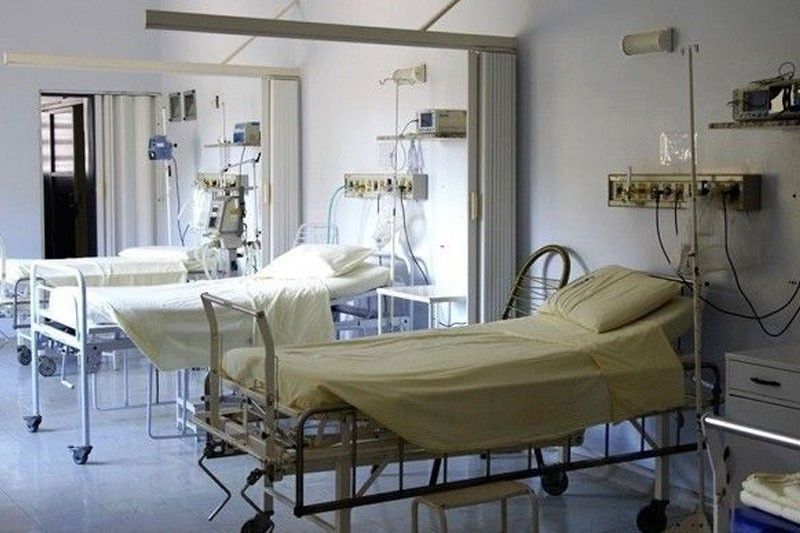‘COVID-19 shows no signs of mutation’ B

MANILA, Philippines — The new coronavirus disease-2019 (COVID-19) that has claimed the lives of over a thousand people shows no signs of mutation, the World Health Organization (WHO) has said.
“We have no evidence from the beginning of the outbreak till now that the virus has mutated. We have full genome sequence of the virus and we have not seen any change in it. Up till now we have not seen the kind of mutation required to happen that takes many years. So we don’t expect and see it happening so soon,” WHO country representative Rabindra Abeyansinghe said in an interview with The Chiefs on Cignal TV last Wednesday night.
He added that the virus might stay forever or disappear like the other strain of coronavirus, the Severe Acute Respiratory Syndrome (SARS).
“We don’t know what it will be with this coronavirus infection, it could be with us forever like influenza going around causing deaths and causing disease. On the other hand, like SARS it could disappear,” Abeyansinghe explained.
The official also stressed that the WHO has not seen evidence to prove that COVID-19 is airborne. He cited the case of the cruise ship in Japan where 3,500 people were together for many days, but not all have been infected.
“For many days they didn’t know who are infected, who are coughing and sneezing that possibly led to the transmission. Now we are seeing less and less infection. If that is airborne that should have continued,” he pointed out.
Based on current evidence, the primary transmission method of COVID-19 remains through droplets and close contact with an infected person.
He explained that the droplet from an infected person can survive for eight to 10 hours and that a person who touches this can get infected.
Abeyansinghe said health experts are still trying to understand the infectivity and the incubation phase of COVID-19 to better manage patients and to reduce death and spread of the infection.
He recommended a strengthening of efforts to get rid of the virus and prevent it from establishing as a community pathogen across the world.
China, he added, is proactively sharing information that has helped other countries in dealing with the spread of COVID-19 as he recognized the country for implementing unprecedented measures that may be duplicated by other countries in addressing an outbreak.
He gave assurance that the Philippines is capable of handling COVID-19 as testing for the infection is now available in the country. He encouraged the Department of Health (DOH) to expand and give more laboratories the capacity to test and reduce the required confinement time for patients.
“We are working with the DOH and the Philippine government to increase preparedness and response capacities. Help strengthen efforts to contain this virus, its introduction and establishment here in the community,” he added
Since COVID-19 is not airborne, Abeyansinghe believes that the quarantine facility available here is sufficient and the government is not required to have negative chamber isolation.
He advised people to on their own initiative take measures to prevent the spread of infection by observing proper hygiene.
The WHO, he added, is now starting to see a downtrend in COVID-19 cases since its outbreak began in China.
“We are encouraged by the result coming out for the last two days, still overwhelming cases coming out from Wuhan and Hubei, but if you look closely at the data you see on a day-to-day basis, cases being reported globally is on downward trend,” Abeyansinghe said.
From a high of more than 3,000 cases, the number went down to just a little over 2,000 in the last two days, with deaths that also started to go down to below 100 per day.
“This is good, a deceleration of cases is how containment efforts being implemented are contributing to controlling the spread of the disease,” he noted. “We are hoping we have reached a plateau and control measures are now having the desired impact.”
While cases of COVID-19 have been reported in 24 countries, Abeyansinghe said the vast majority of these cases are of people who traveled from China.
- Latest
- Trending




























